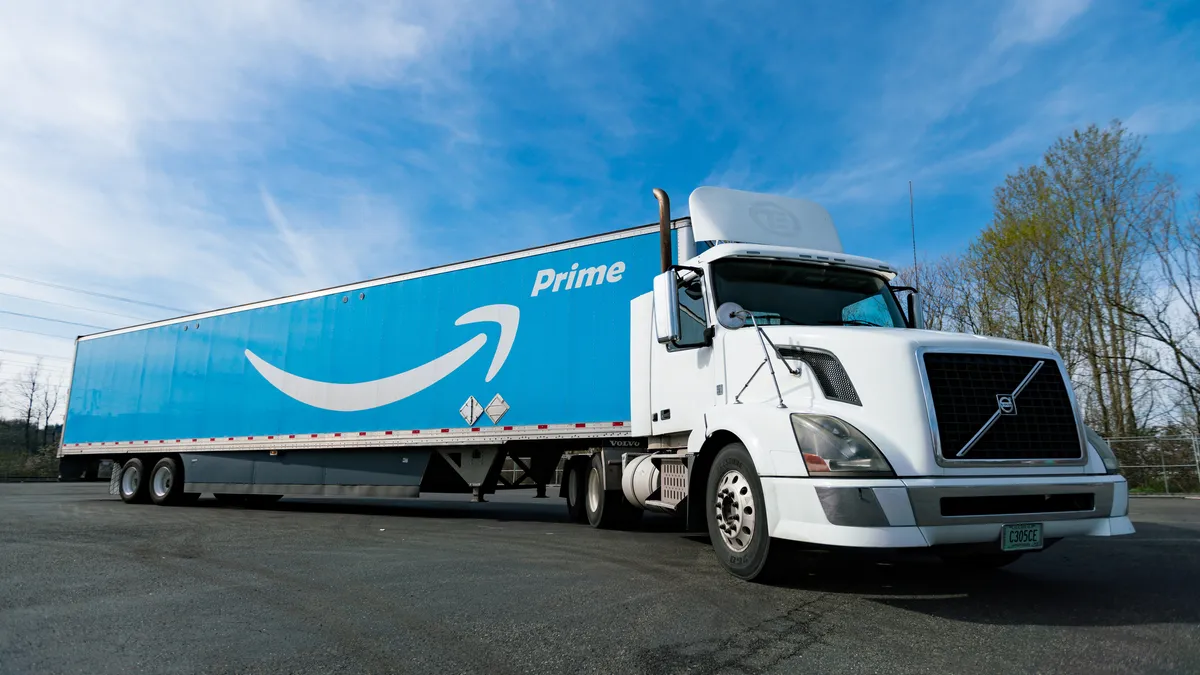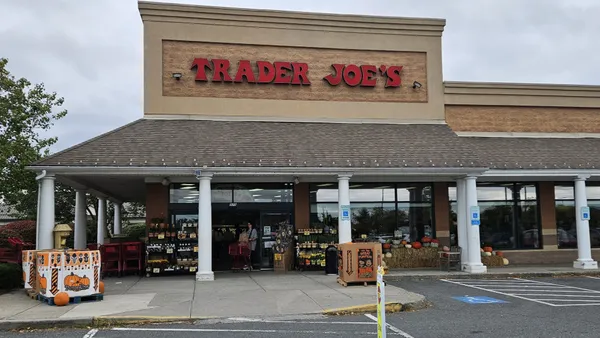Dive Brief:
- Amazon’s 2019 Prime Day, which has been announced for July 15 and 16, could be the biggest in the company’s history, according to a Profitero survey of 1,000 Prime members in the U.S. and U.K. The survey found that 76% of U.S. Prime members plan to shop on Prime Day this year, up from 63% last year.
- Profitero predicts that Prime Day will be a boon for online grocery sales, with 24% of U.S. Prime members planning to make a grocery purchase. Amazon is expected to extend Prime Day deals to its Whole Foods locations as well.
- The study also found that 56% of Prime members in the U.S. plan to try a product they don’t normally buy if it is discounted, making it a great opportunity for brands to experiment with new products and take advantage of increased traffic on Amazon’s site.
Dive Insight:
Now in its fifth year, Prime Day is a big driver of sales and Prime member signups for Amazon and as the years pass, it just keeps getting bigger. Last year, the company said it sold more than 100 million products across categories. Yesterday the retailer announced that this year’s event will start July 15 and last 48 hours, the longest yet, giving Prime customers access to more than one million deals globally. In addition to groceries, Profitero’s survey found that U.S. Prime members are most likely to shop for electronics (71%), home goods (56%) and toys (40%).
Last year's Prime Day was Amazon's first with Whole Foods under its belt, and the company brought several Prime Day deals to its brick-and-mortar stores. In addition to discounts and deals, Amazon offered shoppers $10 to spend on Amazon if they spent $10 on groceries in-store. Incorporating Whole Foods was considered a success, with grocery sales for Amazon up 25% on Prime Day.
Similar grocery discounts are expected this year both online and in Whole Foods stores, but have not been announced. Amazon is offering "early Prime Day" savings on some private label grocery items.
Incorporating Whole Foods markets into the Prime Day excitement is a smart move for Amazon, which has struggled to get Prime members into the stores. Despite price cuts and exclusive Prime discounts, only 18% of Prime members shop at Whole Foods once a month and 70% rarely or never shop there, according to Wolfe Research.
Other retailers are leveraging Prime Day for their own promotions. Last year, Target had a one-day sale on its website, which the company said was the highest single day of traffic of the year. This year, Target is rebranding the one-day sale as Target Deal Days and has announced the sale for July 15 and 16 to coincide with the 48-hour Prime Day.
Walmart also offered Prime Day competition last year with sales on electronics, smart home products and video games. Kroger downplayed Amazon’s Prime Day success, claiming it sells as much on an average day as Amazon did on its special day.
Amazon has been making major strides in its grocery business in the past few years, and adding grocery to its Prime Day deals is one of them. In addition, the retailer is rolling out many food and non-food private label grocery products, expanding its Amazon Go stores, and its most recent initiative to launch a grocery store chain.
Correction: An earlier version of this story said 18% of U.S. shoppers bought groceries on Prime Day last year. The Profitero report did not show comparable 2018 data, and states that 18% of shoppers in the U.K. will purchase groceries from Amazon on Prime Day.












